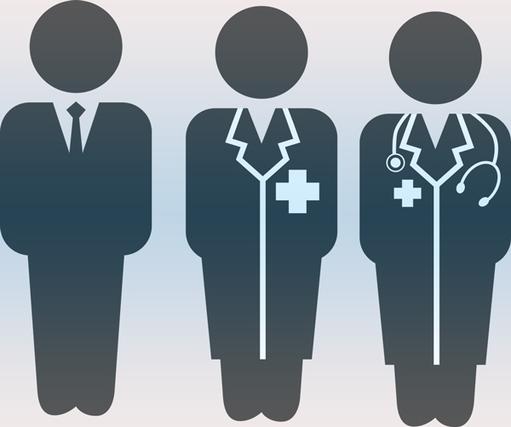The convenient quality healthcare revolution
- Demand for primary care services outstrips supply
- People want affordable convenient, quality healthcare
- The retailization of healthcare is large and growing fast
- US Minute Clinics in CVS retail outlets expect 6 million visits in 2015
- Traditional health providers can’t stop the convenience healthcare revolution, but they can encourage it
“It” is larger, and growing faster than most people think. “It” is driven by the combined burdens of heightened patient expectations, disproportionate growing and ageing populations, and finite resources. “It” will significantly impact healthcare systems throughout the world. “It” . . . . is the ‘retailization of healthcare’, which uses pharmacists, and nurse practitioners to provide a range of healthcare services in diverse retail locations.
A convenience revolution
In 2010, Rite Aid, the US retail pharmacist, partnered with American Well, a company providing online access to doctors 24-7; 365 days a year, to test a service, which allows consumers to interact directly with Rite Aid pharmacies for medication advice, and results in an electronic record, which is shared with primary care doctors.
Larry Merlo, the CEO of CVS, the second largest drugstore chain in the US, which has 100 million customers each year, is leading the charge to create more healthcare services in CVS stores. Already, CVS has 960 walk-in Minute Clinics staffed by pharmacists and nurse practitioners. The clinics are open on nights and weekends with no appointments. Prices are between 40% to 60% lower than traditional US doctors, and a fraction of the cost of A&E. This year, Minute Clinics expect some six million visits, and CVS plans to open a further 500 such clinics by 2017. In 2014, at CVS stores, more than 700 million prescriptions and five million flu injections were administered.
Walgreens, the largest drug chain in the US with 8,217 stores in 50 states, has also set-up healthcare clinics, and similar initiatives, are afoot in the UK. These, together with other retail initiatives, constitute a convenience revolution in healthcare.
“US and UK healthcare systems will go bankrupt if they don’t change their current healthcare delivery models,” says Devi Shetty, world renowned heart surgeon, founder and chairman of Narayana Health, India, which provides affordable quality healthcare.

(click on the image to play the video)
Adherence to medication
People like the fact that pharmacists are accessible friendly health professionals, and over time grow trusting, personal and valued healthcare relationships with them, which enhance adherence to medications. Non adherence is costly, and can lead to increased visits to A&E, unnecessary complications, and sometimes death. According to a New England Healthcare Institute report, Thinking Beyond the Pillbox, failure to take medication correctly, costs the US healthcare system $300 billion, and results in 125,000 deaths every year.
Rajiv Dhir a senior prescribing pharmacist working for NHS England describes the importance of patients being able to discuss their drug regimens with pharmacists:

(click on the image to play the video)
Primary care environment
In the UK and elsewhere the demand for rapid and convenient primary care, outstrips it's supply. For instance, the UK is experiencing an exodus of GPs. In just five years, 40% have left to work abroad, and around 22,400 GPs – more than half of England’s 40,200 family doctors – want to retire before the usual age of 60. Younger doctors are not filling the gaps, with up to one in eight GP training posts unfilled. They are instead either choosing careers as hospital specialists or going to work abroad. Today, some 1,063 GPs are needed in England just to return to the patient-doctor ratio of 2009.
Coordination between primary and secondary healthcare
Walk-in retail clinics can provide a valuable link between primary and secondary care. CVS has partnered with over 50 secondary health providers including the Cleveland Clinic, which offer their Minute Clinics follow-up services, and answer questions a nurse practitioner might have over the telephone. Such relationships are well positioned to be enhanced by increased electronic sharing of patient data.
Takeaway
Traditional health providers can’t stop the convenience healthcare revolution, but they can encourage it.
|



